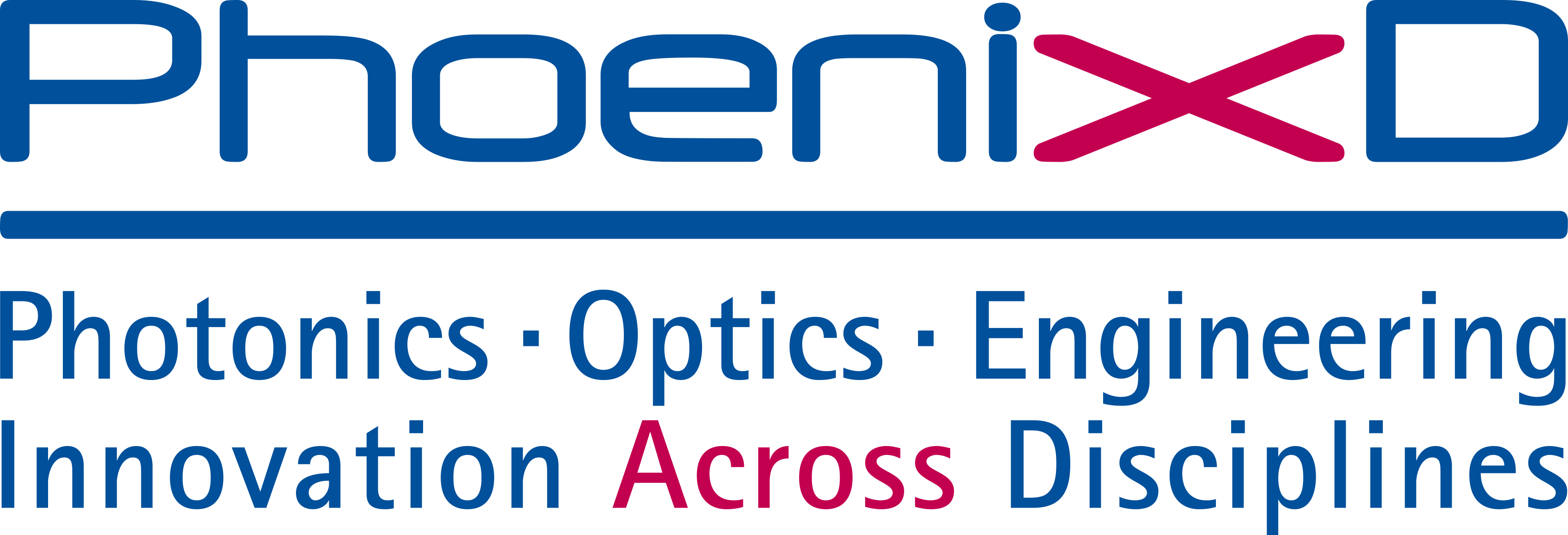Clock synchronization and light-travel-time estimation for space-based gravitational-wave detectors
- authored by
- Jan Niklas Reinhardt, Olaf Hartwig, Gerhard Heinzel
- Abstract
Space-based gravitational-wave detectors, such as the Laser Interferometer Space Antenna (LISA), record interferometric measurements on widely separated satellites. Their clocks are not synced actively. Instead, clock synchronization is performed in on-ground data processing. It relies on measurements of the so-called pseudoranges, which entangle the interspacecraft light travel times (LTTs) with the clock desynchronizations between emitting and receiving spacecraft. For interspacecraft clock synchronization, we need to isolate the differential clock desynchronizations, i.e. disentangle the pseudoranges. This further yields estimates for the interspacecraft LTTs, which are required as delays for the laser frequency noise suppression via time-delay interferometry (TDI). Previous studies on pseudorange disentanglement apply various simplifications in the pseudorange modeling and the data simulation. In contrast, this article derives an accurate pseudorange model in the barycentric celestial reference system, complemented by realistic state-of-the-art LISA data simulations. Concerning pseudorange disentanglement, this leads to an a priori under-determined system. We demonstrate how on-ground orbit determinations, as well as onboard transmission and on-ground reception time tags of the telemetry data, can be used to resolve this degeneracy. We introduce an algorithm for pseudorange disentanglement based on a nonstandard Kalman filter specially designed for clock synchronization in systems where pseudorange measurements are conducted in different time frames. This algorithm achieves interspacecraft clock synchronization and LTT estimation with submeter accuracy, thus fulfilling the requirements of TDI.
- Organisation(s)
-
PhoenixD: Photonics, Optics, and Engineering - Innovation Across Disciplines
- External Organisation(s)
-
Max Planck Institute for Gravitational Physics (Albert Einstein Institute)
- Type
- Article
- Journal
- Classical and quantum gravity
- Volume
- 42
- ISSN
- 0264-9381
- Publication date
- 17.02.2025
- Publication status
- Published
- Peer reviewed
- Yes
- ASJC Scopus subject areas
- Physics and Astronomy (miscellaneous)
- Electronic version(s)
-
https://doi.org/10.1088/1361-6382/ada2d3 (Access:
Open)


